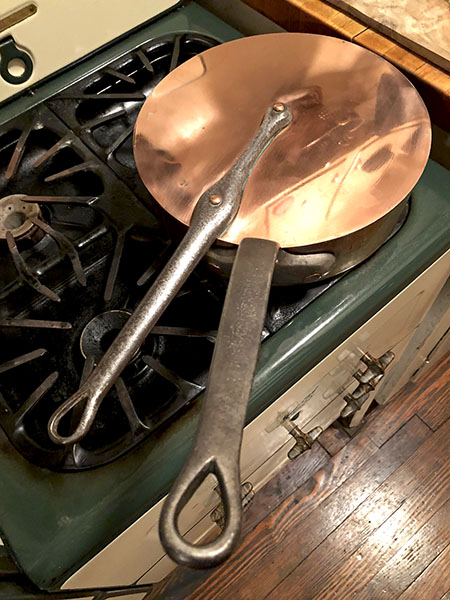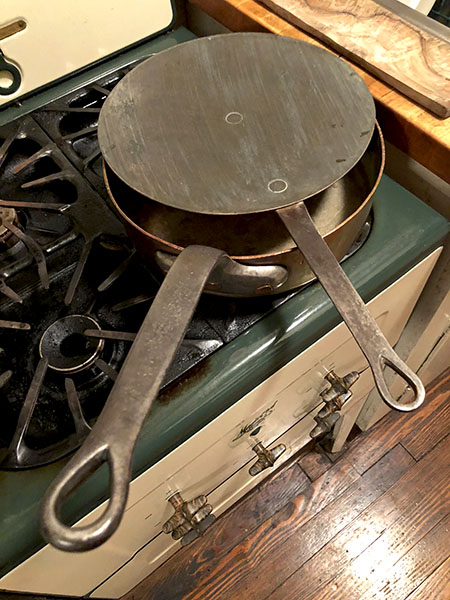
untitled (dogwood moon) 2017
under a January dogwood moon, from inside the garden of our building

untitled (dogwood moon) 2017
under a January dogwood moon, from inside the garden of our building

I sometimes wonder if my own voice already sounds like it's from another era than this one, at least to the ears of friends who are much younger. Regional accents, or those of class, are not the only distinctions in common speech. Most people never think of the rich history of accents that have been determined by time. It's only in the last 100 years or so, with the invention of recording devices, that we can actually feel how the human voice changes even within the span of a normal lifetime, and be able to enjoy some of this great treasury.
Now these riches can only cumulate, as we move through more changes in one of the attributes that makes us distinctly human.
This post was inspired by hearing Frank O'Hara reading from his own work; remarkably, the recording is only 50 years old. Long ago, while listening to older films, early radio broadcasts, and later re-watching the 40s and 50s television of my own youth, I began to be aware of changes in speech patterns. I suppose I mean the sound, or perhaps the rhythm, more than anything else.
I'm always thinking of the geographical and historical contexts of everything I experience, and I know it's something most people don't share, but I think my observations on the subject are real.
My mother's great grandfather grew up in the 18th century, and arrived in the U.S. in the early-to-middle 19th; her grandfather lived into the 20th, her father was a part of that century and half of the 20th; she herself was entirely of the 20th, and my life straddles that and the 21st; even if we all had always lived in the exact same area, our speech patterns would still have been very different from each other. I wish I had recordings of each of their voices today, even if, because of the German spoken by the first three, the sounds would be of little use in illustrating the point I've been making here.
[image is from Cambridge Extra]


I love my pot.
The large, antique handmade tin-lined copper pot came from a French seller over a year ago, and it quickly became one of my favorite cooking tools.
The lid came on Saturday.
I've been looking for a proper copper cover, a 'universal-style' flat lid, ever since it arrived, and yesterday 'the ship came in' again, so to speak. It took a long time to find one of its size, but when I finally did, it was a perfect match, a perfect fit as a cover, and it looked like it could have been fashioned by the same maker, a long time ago. It's also in perfect shape, top, bottom, and wrought iron handle.
In addition, as a universal lid, meaning it's flat and doesn't have to correspond with the exact diameter of the vessel, I can use it on at least five different pots and pans that I already have, made of various materials. It hangs on an old square-cut nail on the kitchen wall, so it will always be immediately accessible.
The 27cm (10.5 inch) high-sided tin-lined copper pot in the picture weighs 8 pounds, the lid 2 pounds. Heavy is good in the pots and pans world.
Along with the heavy canvas bags of groceries I regularly lug home from the Union Square Greenmarket, this pot and others I use, including some that have been with me for many decades, whether steel, copper, cast iron, or enameled cast iron (all materials outweighing the vintage clear Pyrex pots), constitute my upper body exercise routine.
While these copper treasures don't come cheaply, the price new of anything similar to what I have acquired 'used' is totally off the chart, and the product is likely to be inferior, even aside from considerations of aesthetics and, well, soul.
I've always been very lucky in the used kitchen utensil market, as I have been in the used anything market.
My ultimate excuse for an indulgence in this area (I mean, nobody needs copper pots) is the happiness cooking brings to both of us, and others, when we can share, and the thought of how much we save by not depending on commercial kitchens.
Still, there are good arguments for these things.
NOTE: I don't polish my copper pans; I use them (although I used to occasionally polish the new copper tubs in my 1760 Providence house; I also used them)